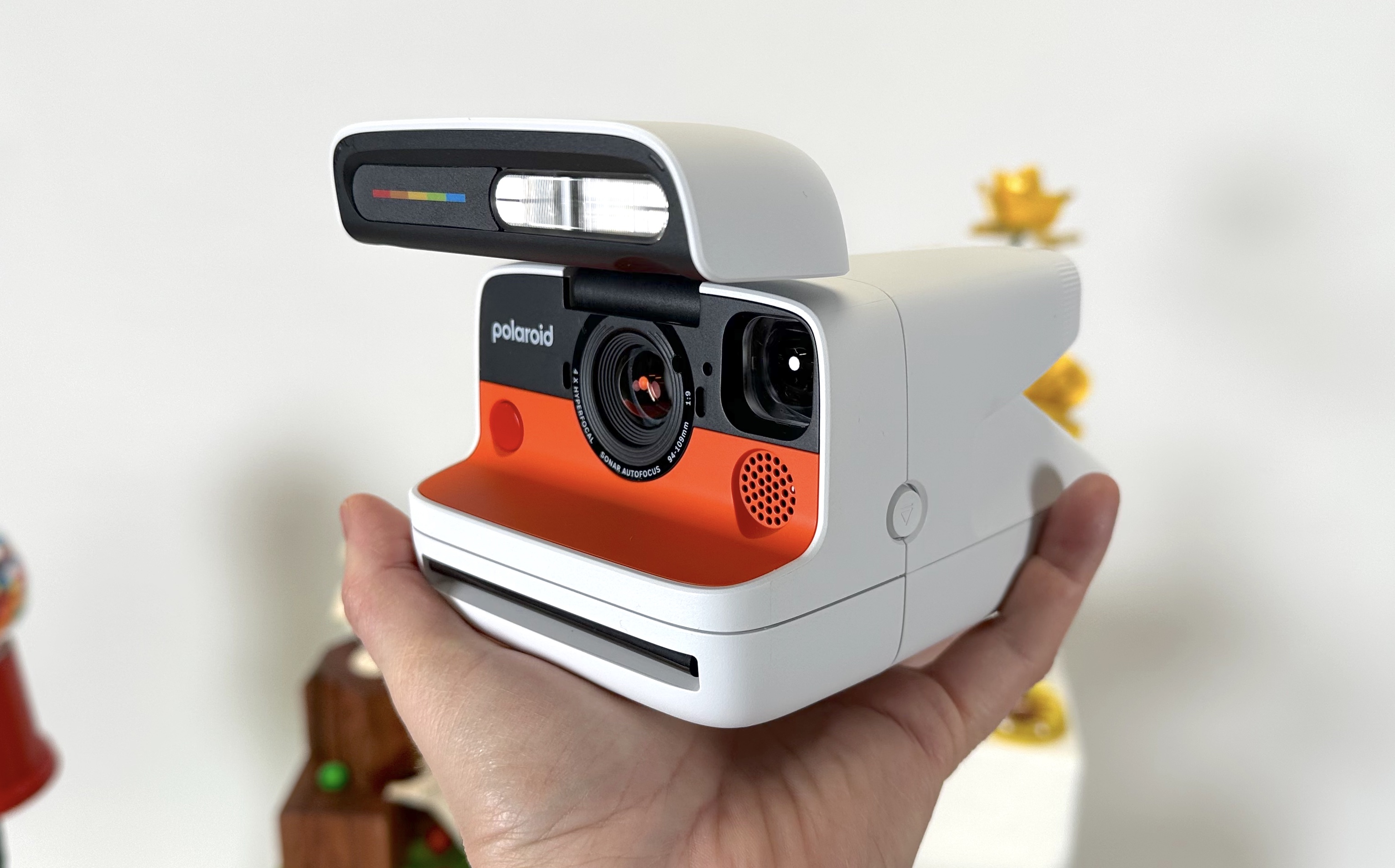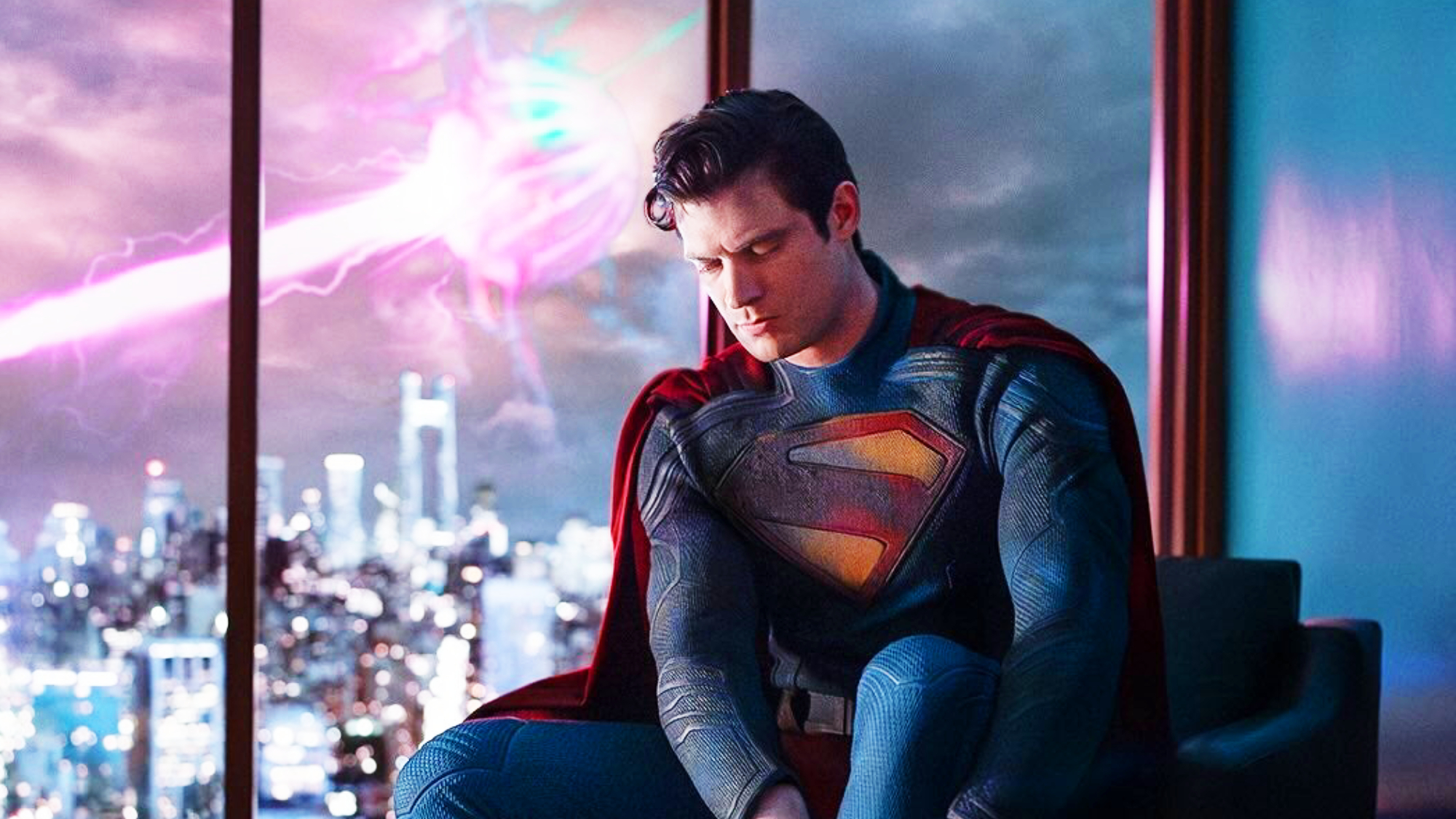Early Verdict
Blending retro charm with modern sensibilities, the Polaroid Flips slides in between the pricey Polaroid I-2 and the cheaper Now+ Gen 3. We have more testing to do, but Polaroid fans should like how the Flip performs, if they don't find the film too expensively priced.
Pros
- +
Takes great pictures
- +
Fun retro-modern design
- +
Four-lens system helps you take better images
Cons
- -
Pricey film
- -
Bulky
Why you can trust Tom's Guide
No brand is as synonymous with the best instant cameras than Polaroid, the company that practically invented the category. So when it decides to come out with a new camera, like the Polaroid Flip, it has to thread a fine line between nostalgia and the needs of contemporary photographers.
I had a chance to go hands-on with the new Polaroid Flip and take a few snaps with this camera, which is available starting today (April 15) for $199 at Polaroid.com. Here's what I thought.
Polaroid Flip: Price and film costs
The Polaroid Flip costs $199/€219 /£199.99; it's available for Polaroid club members right now, and will be available at polaroid.com on April 29. The camera will come to other online retailers on May 13.
The Flip comes in two colorways: all black, and white with orange accents. I personally prefer the latter.
The Flip's price and features place it between the Polaroid Now+ Gen 3 ($149) and the Polaroid I-2, which costs a much higher $399.
The Flip is compatible with Polaroid i-Type and 600 film, neither of which is cheap: a pack of 8 photos of 600 film is $19.73 at Amazon, while a two-pack of i-Type photos (16 in all) costs $50 at Amazon.
Polaroid Flip: Design
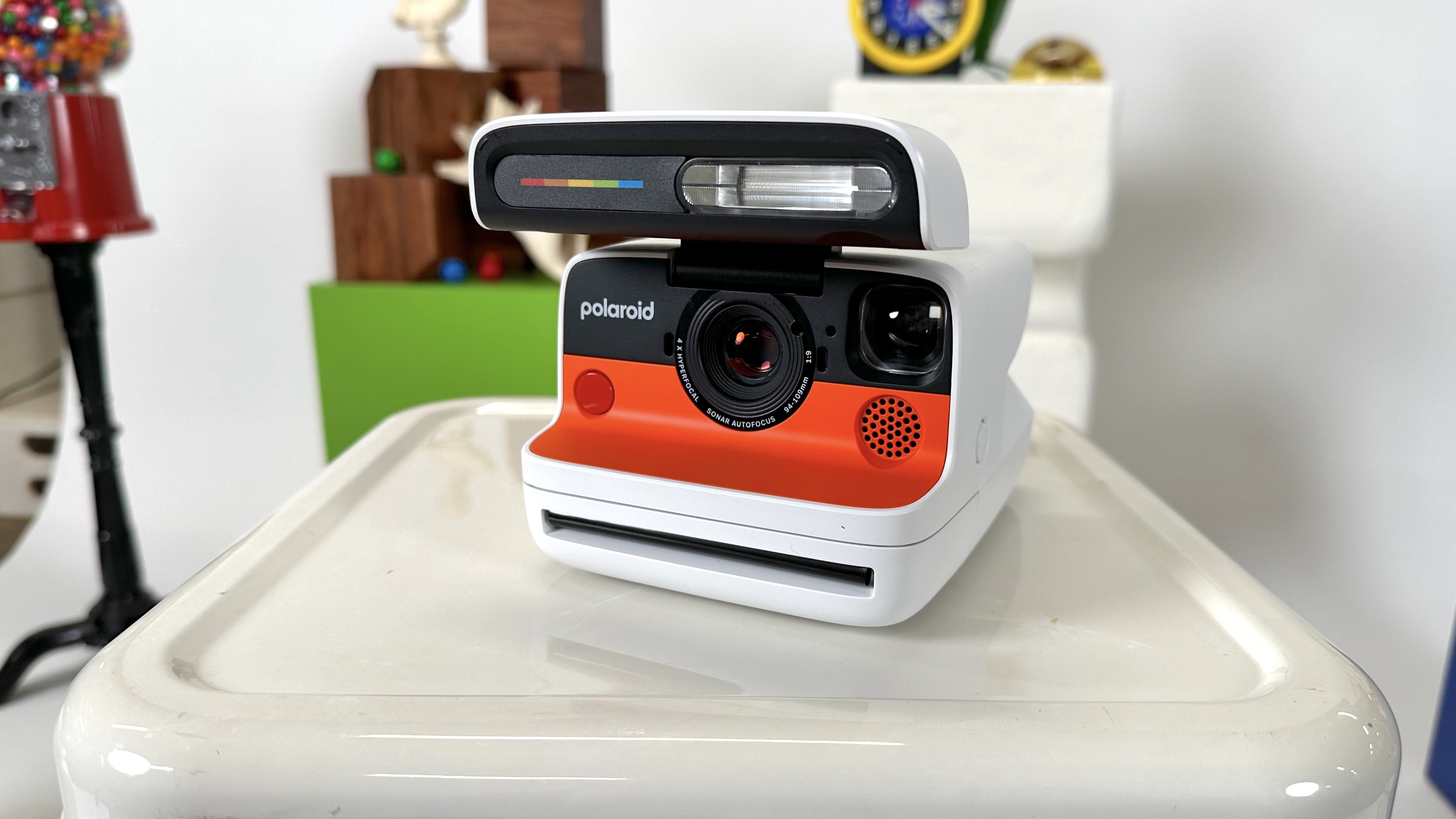


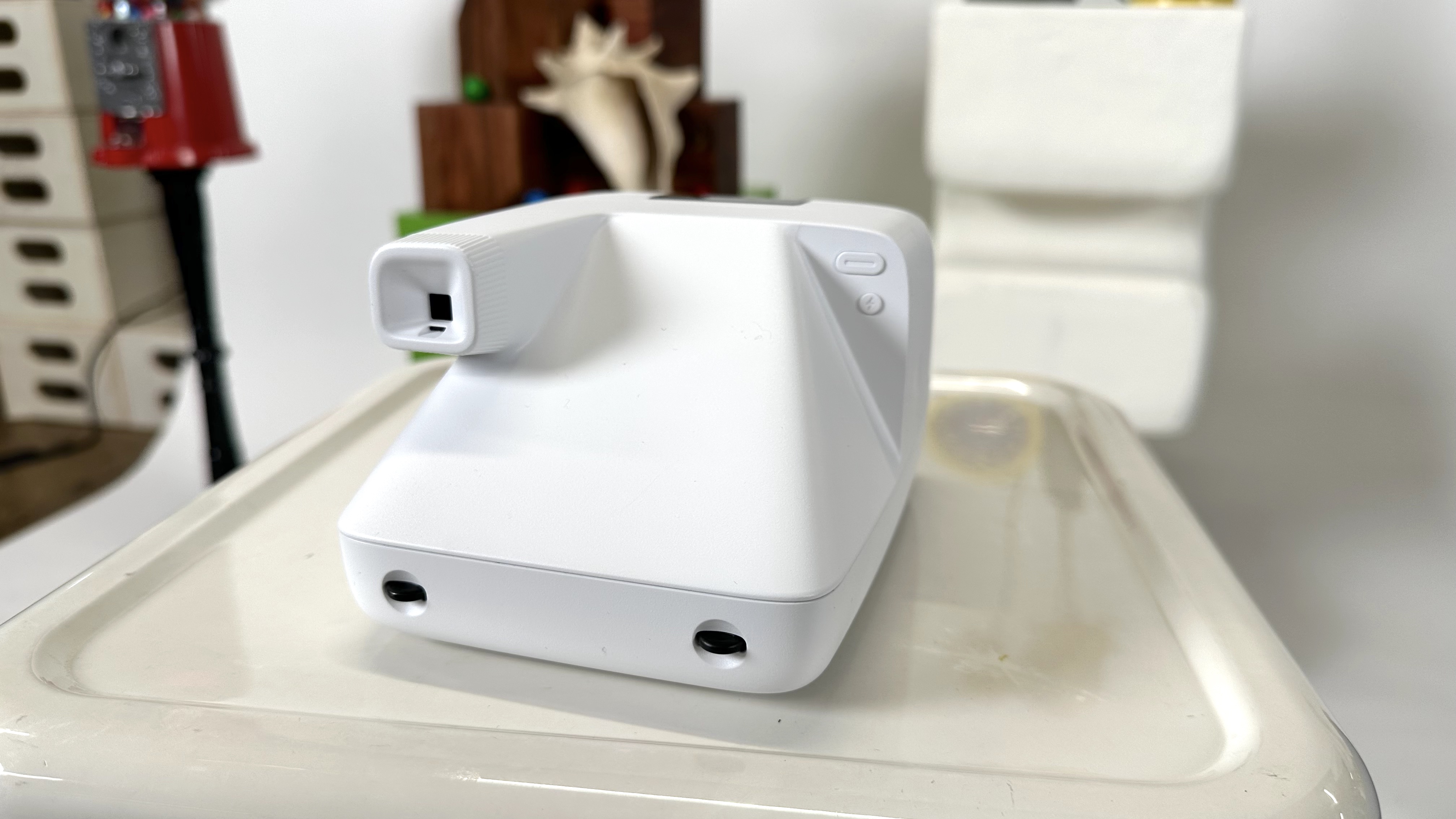
The Polaroid Flip is the perfect blend of retro charm with modern sensibilities. The main body of the camera is similar to Polaroids of the past — it's kind of like a big square — but the edges are much softer, more like the company's $99 Polaroid Go.
The coolest thing with the Flip is the part that, well, flips. To turn the camera on, you flip up a front section, which reveals the lens and the flash.
On the back of the flip-up section is a small display that lets you know how many shots you have left and the camera mode. Like other Polaroids, there's a viewfinder on the left side for you to frame your shots.
The Flip was comfortable to hold, but it is significantly larger than other instant cameras like the Fujifilm Instax mini Evo, which boasts a design more like a traditional rangefinder.
It's a good thing the Flip comes with a big and colorful lanyard, because it's not a camera you're going to be able to slip into a jacket pocket.
While it's not obvious — Polaroid is going for an analog feel — the Flip does have Bluetooth, so you can control the camera remotely using the Polaroid app and adjust manual settings.
Polaroid Flip: Picture quality
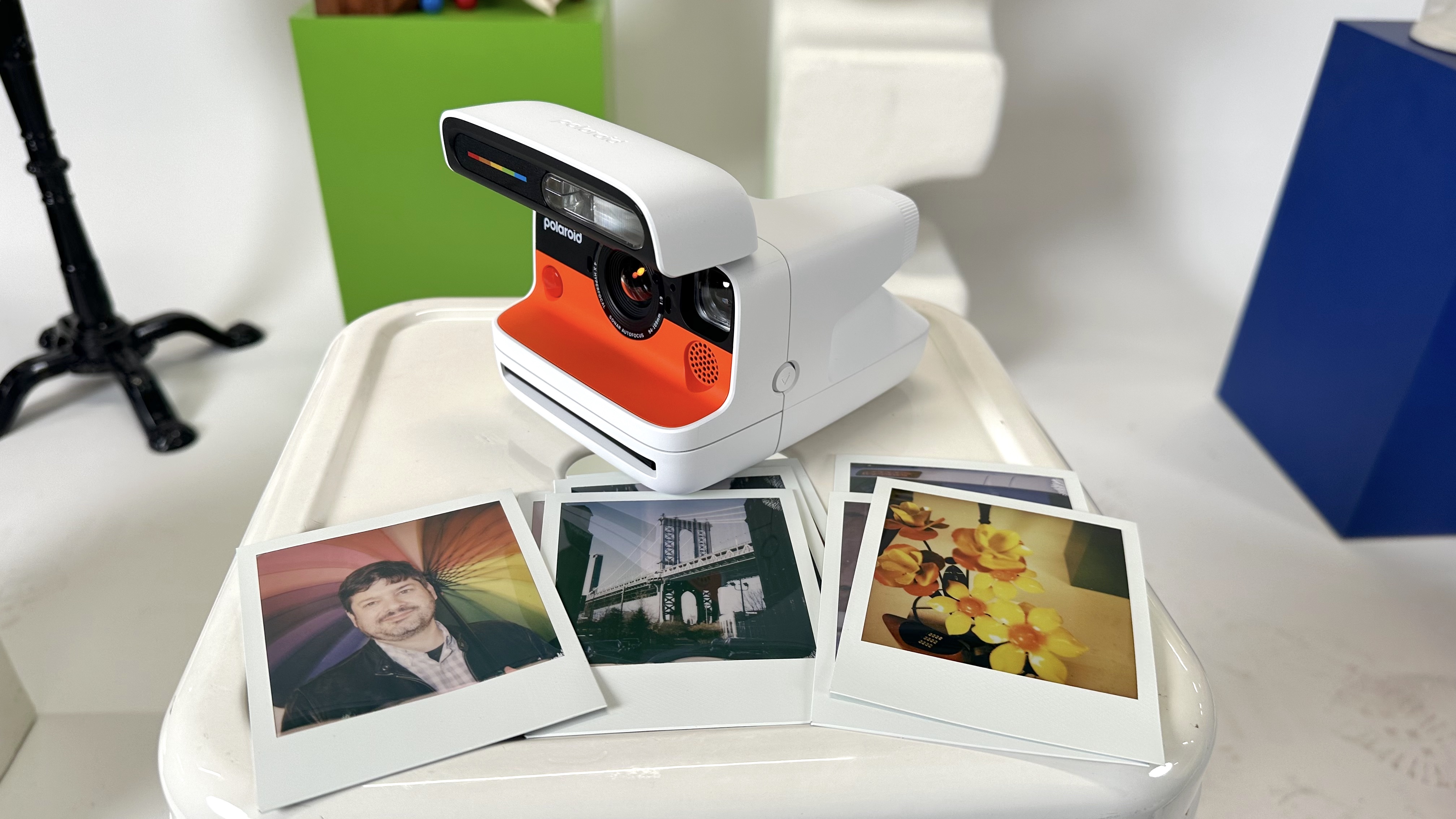
I took about a dozen shots with the Polaroid Flip, and overall was pleased with most of them. The camera has a four-lens system (targeted at focal lengths of 0.65m, 0.85m, 1.2m, and 2.5m) and uses sonar to know when to switch between lenses.
A small LED inside the viewfinder alerts you if you're either too close to a subject or if there's not enough light available for the flash.
As with Polaroid photos, the shots I took had a slightly faded quality to them, so colors aren't as vibrant as those you'd get from Fujifilm's cameras, but if you like the aesthetics of Polaroid, then you should be pleased with the Flip.
An indoor shot of me holding a rainbow umbrella did a good job displaying all the colors, and the flash didn't wash out the features on my face.
Outdoors, I tried out a particularly challenging shot, with the Manhattan Bridge bathed in afternoon light, as seen from a darkened street. The Flip did a good job exposing for the bridge, but the foreground was left underexposed.
Polaroid Flip: Early impressions
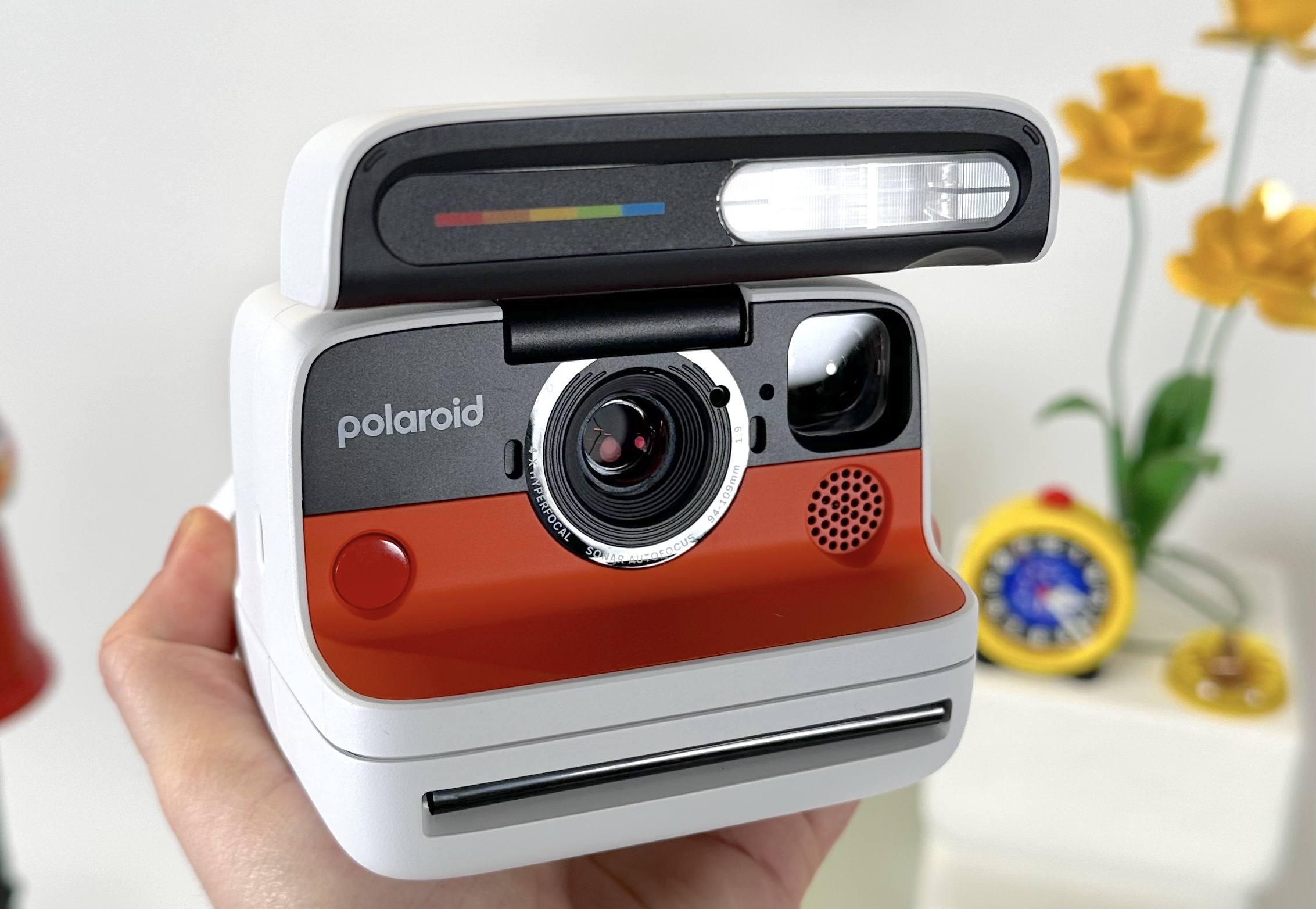
If you're a fan of Polaroid instant cameras, then chances are you'll flip for the Flip. Polaroid is positioning the Flip as its midrange option: more capable than the Go, but not as pricey as the I-2.
We'll have to do more testing before we can determine if it ends up on our list of the best instant cameras, but I certainly had fun trying it out. Now, if only the film weren't so expensive...
More from Tom's Guide

Michael A. Prospero is the U.S. Editor-in-Chief for Tom’s Guide. He oversees all evergreen content and oversees the Homes, Smart Home, and Fitness/Wearables categories for the site. In his spare time, he also tests out the latest drones, electric scooters, and smart home gadgets, such as video doorbells. Before his tenure at Tom's Guide, he was the Reviews Editor for Laptop Magazine, a reporter at Fast Company, the Times of Trenton, and, many eons back, an intern at George magazine. He received his undergraduate degree from Boston College, where he worked on the campus newspaper The Heights, and then attended the Columbia University school of Journalism. When he’s not testing out the latest running watch, electric scooter, or skiing or training for a marathon, he’s probably using the latest sous vide machine, smoker, or pizza oven, to the delight — or chagrin — of his family.
You must confirm your public display name before commenting
Please logout and then login again, you will then be prompted to enter your display name.
